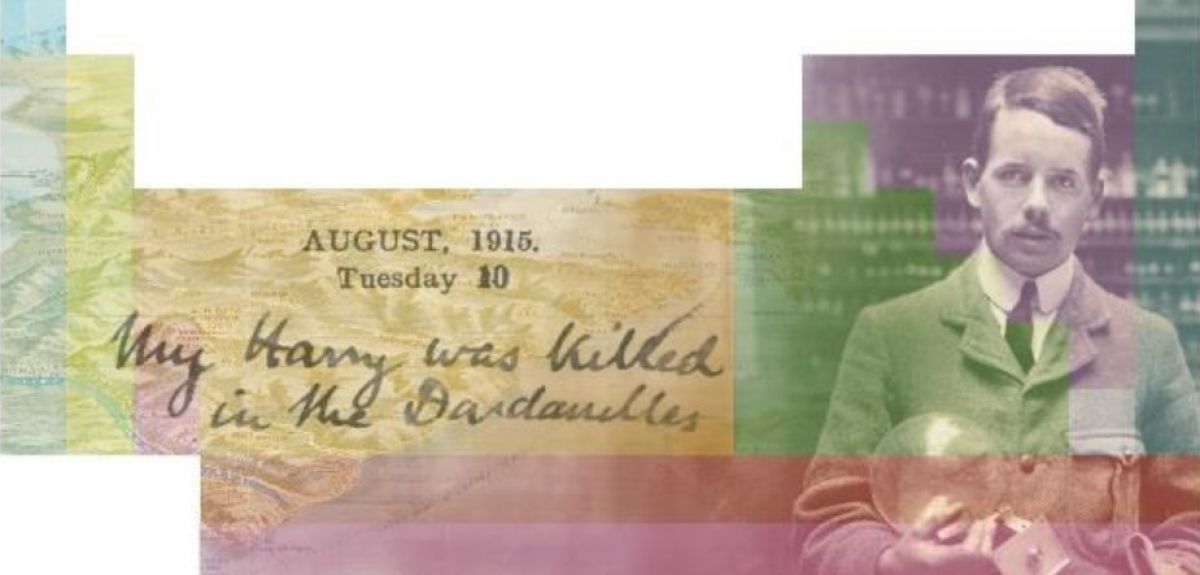
Exhibition remembers promising scientist lost to war 100 years ago
A new exhibition at the Museum of History of Science will tell the story of a promising English physicist killed during the First World War.
Henry 'Harry' Moseley was an exceptionally promising young English physicist in the years immediately before World War I. His work on the X-ray spectra of the elements provided a new foundation for the Periodic Table and contributed to the development of the nuclear model of the atom.
Yet Moseley’s life and career were cut short. He was killed in 1915, aged 27, in action at Gallipoli, Turkey.
With support from the Heritage Lottery Fund (HLF), the Museum of the History of Science is staging a centenary exhibition, 'Dear Harry…' – Henry Moseley: A Scientist Lost to War. This marks Moseley's great contribution to science and reveals the impact of his death on the international scientific community and its relationship with government and the armed forces.
The exhibition opens on 14 May and runs until 18 October 2015.
Using entries from Moseley's mother’s diary, Moseley's original scientific apparatus from the Museum's collections, and his own personal correspondence, the exhibition presents an intimate biographical portrait set against the wider stage of international scientific discovery and World War I.
Through his research and experiments in Oxford and Manchester – where he worked with 'father of nuclear physics' Ernest Rutherford – Moseley made significant and lasting impacts in both physics and chemistry.
Had he lived, the young Moseley was tipped to have been a prime candidate for one of the 1916 Nobel Prizes. Instead, as Isaac Asimov wrote, "in view of what [Moseley] might still have accomplished ... his death might well have been the most costly single death of the War to mankind generally".
The international scientific community was fleetingly re-united in its condemnation of the loss of such a scientific talent, and Moseley’s death led to wider changes in the way that science, scientific research, and scientists were used in war.
Thanks to the HLF’s Our Heritage grant award, the 'Dear Harry…' project will conserve apparatus and archives in the Museum’s collections, permit a subsequent permanent redisplay of this important material, and deliver a broad programme of public events, education work, and digital resources.
The funding has also allowed the Museum to partner with the Royal Engineers Museum, Library and Archive, the Royal Signals Museum, the Department of Physics at the University of Oxford, and Trinity College, Oxford, where Moseley studied. Rarely-seen artefacts from each of these collections will be featured in the exhibition.
'Dear Harry…' has been timed to allow many of the key dates in Moseley's preparations for Gallipoli, and ultimately his death in August 1915, to be presented exactly 100 years later.
A 'live blog', both online and in-gallery, will pick out this centenary anniversary using extracts from archive material to present the events and thoughts of Moseley 100 years to the day.